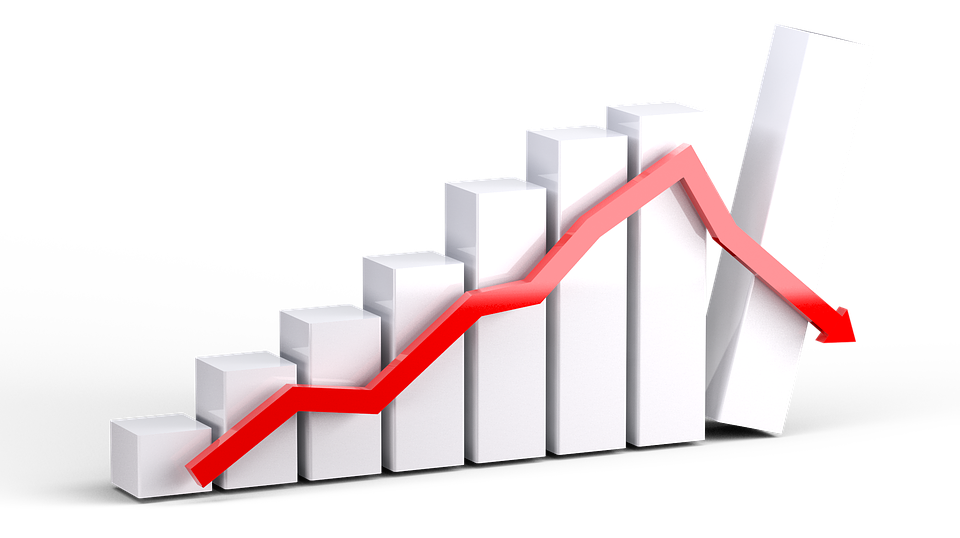
What is the best synthetic indices to trade?
It depends on personal preferences and risk tolerance. Some popular synthetic indices include the Volatility Index, Boom and Crash, Step Index, Jump Index, S&P 500, Nasdaq 100, Dow Jones Industrial Average, and FTSE 100. It is important to consider factors such as volatility, liquidity, and historical performance when choosing a synthetic index to trade. It’s also advisable to consult a financial advisor and conduct thorough research before making any investment decisions.
Synthetic Indices Trading
Synthetic Indices trading is a financial market activity where traders buy and sell synthetic indices, which are financial instruments that mimic the price movements of real-world stock market indices. Synthetic indices are often used as a way to gain exposure to broad market trends without having to invest in individual stocks. They can be traded on platforms such as forex and CFD brokers, and their prices are derived from a combination of algorithms and financial data. Trading in synthetic indices involves speculation on the future price movements of the underlying market and carries the risk of losses as well as the potential for profits. It is important to have a good understanding of the market, to use proper risk management strategies, and to not invest more than you can afford to lose.
Synthetic Indices Trading Option
Synthetic indices trading option refers to a type of financial instrument that allows traders to speculate on the price movement of a synthetic index, which is a composite of multiple underlying assets, such as stocks, commodities, or currencies. These indices are usually created and maintained by a financial institution or exchange and provide a way for traders to access a diversified portfolio of assets in a single trade. Synthetic indices trading options are similar to traditional options, with the trader having the right, but not the obligation, to buy or sell the underlying assets at a specified price and expiration date.

Basam Trade Mentorship Program
The Course will open your mind to the indepth knowledge of how to trade Forex and Synthetic Indices Market profitably with the proven strategy we have been using.
Benefits of Learning through Basam Trade Mentorship Program
With our proven strategies you’ll be able to start implementing and trading accurately by knowing exactly how to do the following;
- VIsible entry point determination
- Visible stop loss placement
- When to take profit
- How to manage trading psychology
